5 Best Open Source Network Monitoring Tools [Bonus: AD Tool]
Check out the most reliable open source tools for network monitoring
7 min. read
Updated on
Read our disclosure page to find out how can you help Windows Report sustain the editorial team. Read more
Key notes
- Choosing the best network monitoring tool is important for a business to make sure valuable resources aren’t wasted.
- It also helps them to mitigate any internet-related risk that could impact their business resources.

Using the best network monitoring tool is essential for any business, be it big or small. This allows the business to keep all the information centralized and access all those who need it, with proper authorization. Also, a network monitoring tool lets you know the health, availability, and performance of your network.
In this guide, we will list down some of the best open-source network monitoring tools that you can use or suggest to use in an organization and help better manage the network as per their needs. Let us take a look at the list.
Why use a network monitoring tool and what are its benefits?
Before jumping ahead with the list of the best open-source network monitoring tools, you should first understand what is a network monitoring tool and what are the advantages that you get out of it.
In simple words, the network monitoring tool gives you insights into the network elements, performance, health, security, and more about your network.
It can also help you identify security risks and mitigate them before disastrous happen. Security also includes monitoring threats such as cybercrime, insider threats, and unauthorized access.
Now, using an open-source network monitoring tool gets you a bunch of benefits. Among these, the best one is that they are copyright free and available for all organizations.
Here are some of the benefits of using an open-source network monitoring tool:
- Real-time monitoring of the network’s health and performance.
- Prevent unauthorized access.
- Improve security.
- Get information about uptime and downtime.
- Information about outages and bandwidth usage.
- These tools are customizable and scalable.
- Measure over-used and under-used network elements to avoid the wastage of valuable resources.
What are the best open-source network monitoring tools?
Icinga – Stacked with network monitoring controls
Icinga is another one of the popular open-source network monitoring tools that come with a bunch of options.
It has granular controls allowing you to gain complete network and infrastructure visibility. The tool receives continuous updates and is used by popular brands such as Adobe, Audi, T-Mobile, Vodafone, and others.
You can monitor your infrastructure-based and cloud-based solutions using the same platform, Icinga. You can configure Icinga using GUI or DSL. The interface is easy-to-understand and supports visual reporting.
The tool also lets you customize it to monitor devices, databases, applications, cloud services, websites, and more. It comes with SSL encryption for advanced security.
Here are some of the best features of the Icinga tool:
- Highly customizable.
- Visual dashboard with no complexity.
- Monitor private, public, and cloud networks.
- It can be used on Linux along with Windows OS.
Prometheus – Sleek interface and highly customizable
Using Prometheus, you can get information about all kinds of network issues. These issues include low latency, memory issues, cybercrime, etc.
It uses a high-dimensional data model and PromQL for powerful queries to showcase the data in an easy-to-understand dashboard.
Since it is a popular open-source network monitoring tool, the integrations are more widespread. The data it collects can be stored locally on a disk and in remote locations, including cloud storage.
There is an alert manager that manages all the alerts, and notifications and silences them. Alerts can be fine-tuned as per needs as well. It could prove to be a bit complex for smaller organizations, but you can reap the benefits of it in the long run.
Some of the highlights of the Prometheus tool are:
- Widerspread integrations.
- Powerful queries using PromQL.
- Great visualization of data in the dashboard.
- Storage can be local or cloud.
- Supports Grafana platform.
ManageEngine OpManager – Comprehensive monitoring capabilities
ManageEngine OpManager is one of the best open-source network monitoring tools you can opt for, no matter the size of your business.
It can help you monitor all the aspects of the network, be it routers, servers, WLC, load balancers, VPNs, printers, firewalls, and more. In short, anything that has an IP and is connected to the network can be monitored using ManageEngine OpManager.
Some of the key highlights of this tool are that you can monitor routers and switches from top names such as CISCO, Juniper, ZTE, and more. It will help you monitor their health based on 2000+ parameters.
All details are available in a single-view dashboard, making information consumption much easier. It also makes monitoring easy to access via its mobile application, which is available for Android and iOS.
Here are some of the best features of the ManageEngine OpManager:
- Network interface monitoring.
- Monitor network health based on 2000+ parameters.
- Easy to view and use dashboard.
- Allows connections through VPN for a remote workforce.
- Monitor VMware, Hyper-V, etc., from a unified console.
- Manage the network using the mobile app.

ManageEngine OpManager
Monitor any aspects of your network with this powerful and professional softwareNagios – Enhanced monitoring capabilities
Nagios is a suite of open-source tools, that also help you with network monitoring. The graphical representation is visually great.
You can try the free version of this tool and then opt for the upgrade. Nagios can help you with Windows monitoring, Linux monitoring, server monitoring, application monitoring, and much more.
The best thing about this tool is that it represents data in different varieties of representations and reports. It can help you monitor your network for problems related to overloaded data links or network connections.
There are a total of 50 crore plugins, and you can use community-created add-ins, which will get you additional graphics and reporting features.
Here are the best features of Nagios:
- Support plug-ins for advanced features.
- Power alert mechanism.
- Makes use of SNMP for monitoring anything.
- Strong customer support.
- 30-day free trial.
Zabbix – Offers templates for product integrations
Zabbix is a very popular open-source network monitoring tool available in the market. It makes use of agents to collect SNMP and IPMP data and helps provide insight, in a granular manner.
There is an auto-discovery feature that detects connected devices and starts monitoring assets. It supports significant vendors, including Cisco, Dell, Intel, and Netgear, just to name a few.
There is no issue of scalability, as small organizations and even big enterprises can use it. You can customize it to monitor whatever aspect of the network you want.
There are preconfigured templates that you can use for quick insights. The notification system is robust and alerts you for issues such as network over-use/under-use.
Here are some key features of Zabbix:
- The monitoring range expands through the usage of SNMP and IPMP.
- Powerful customer support and community.
- Can auto-detect connected devices and start monitoring.
- Useful pre-configured templates for quick insights.
What is the best integrated tool for Active Directory (AD)?
Apart from networking monitoring tools, you also need to have a streamlined solution for all your web-based needs. You can use ManageEngine ADManager Plus for this purpose.
It helps you to manage all your web-based solutions such as AD, Exchange, Microsoft 365, and Microsoft Teams management and reporting needs all from a single and unified console, which is web-based.
It helps you automate user accounting provisions in tools such as Office 365, Exchange, G Suite, Skype, etc. You can also use ManageEngine ADManager Plus for assigning, modifying, and revoking users’ from groups.
Offers reports on various tools based on SOX, GLBA, PCI DSS, and HIPAA compliances. You can even automate the routines such as user provisioning and AD cleanup.

ManageEngine ADManager Plus
Integrated tool for streamlining web-based solutions.If you cannot map a network drive in Windows 11, then check out our guide which will give you all the steps needed to resolve your issue.
PC audit software is very important if you wish to quickly and safely monitor your system performance. You can check out the best software for PC auditing, but we would recommend you check out ADAudit Plus.
Feel free to drop a comment and let us know which one of the above software you used for network monitoring on your Windows PC.
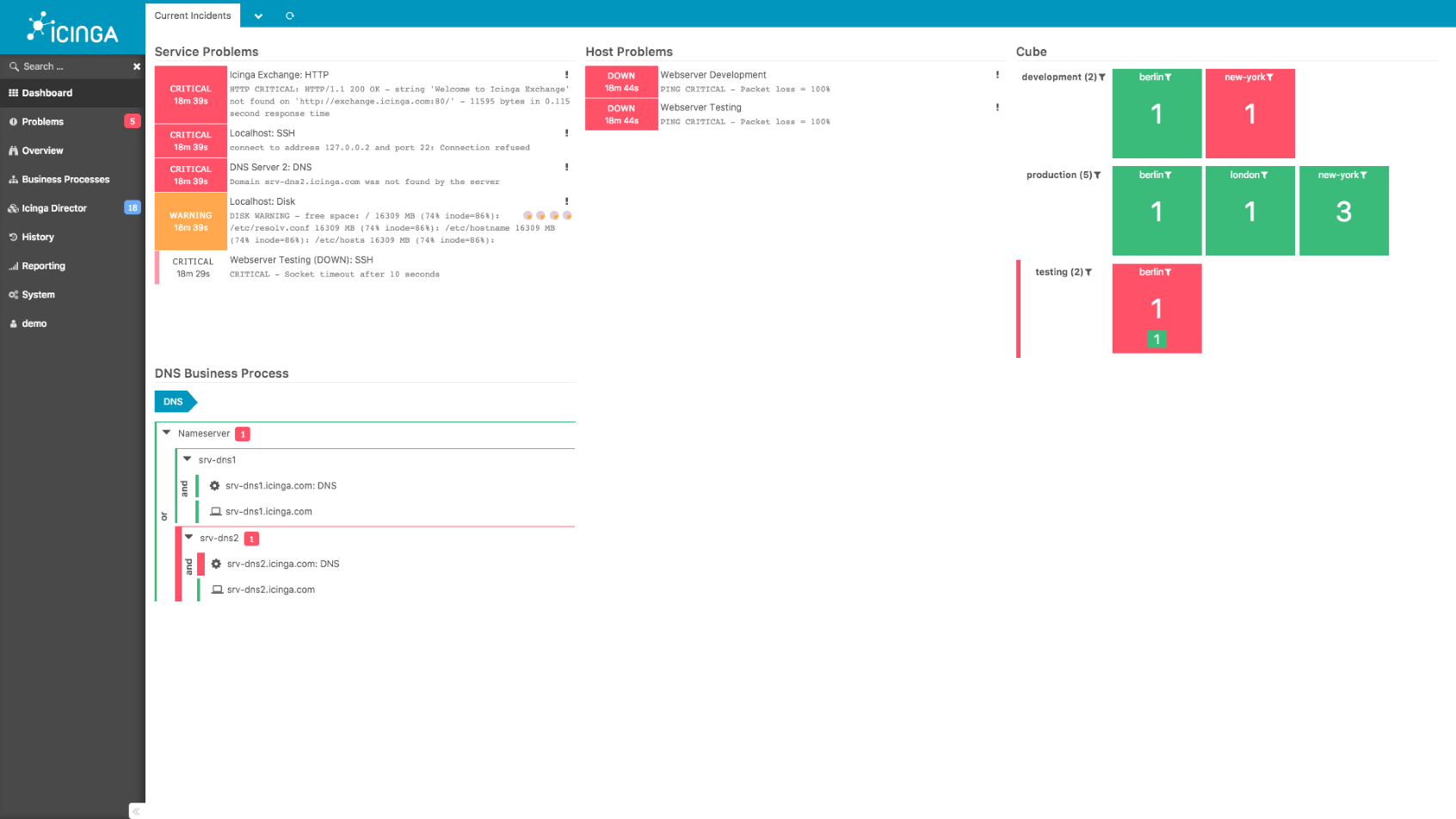
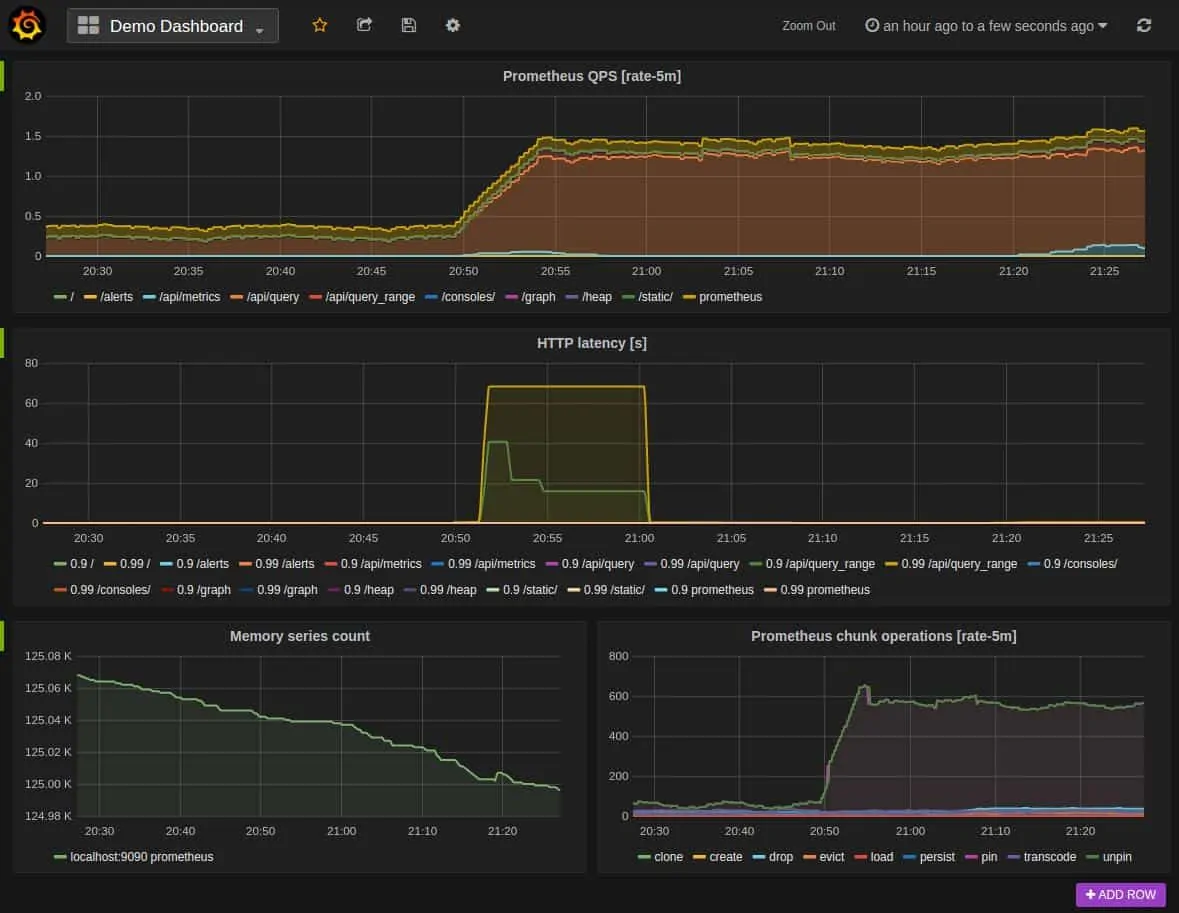

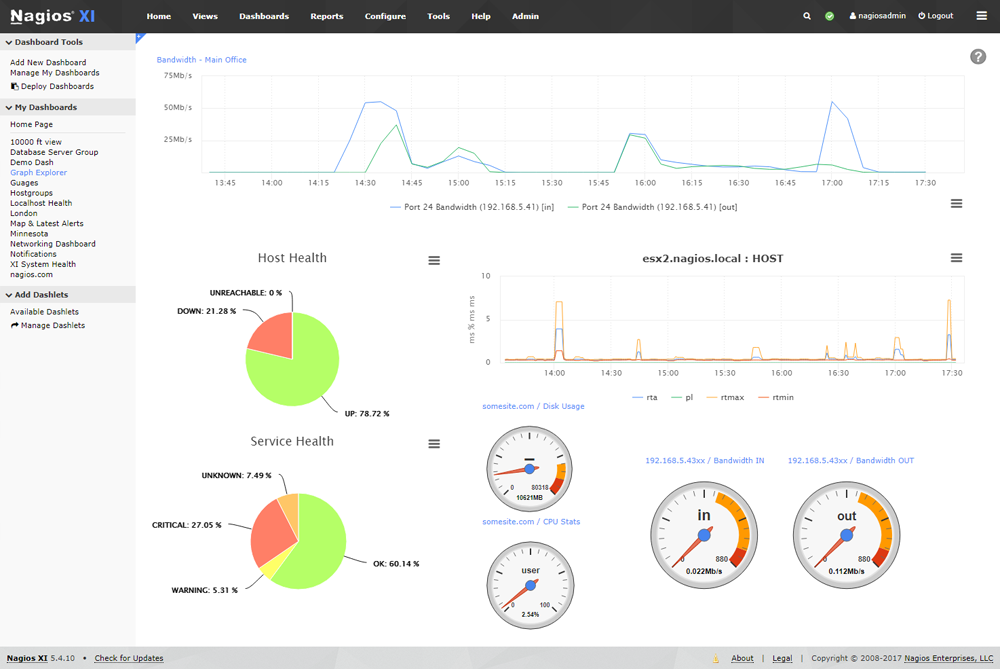



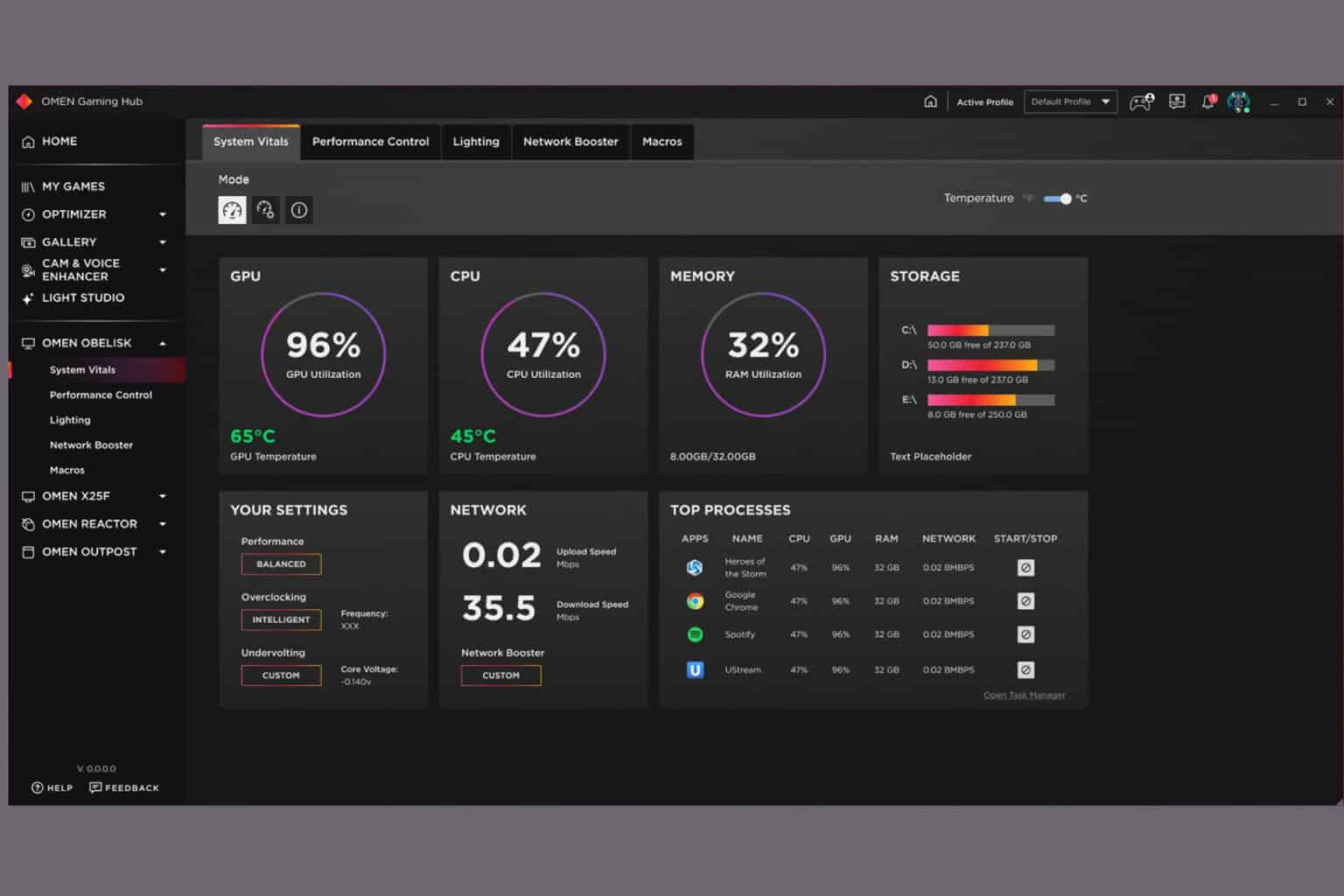
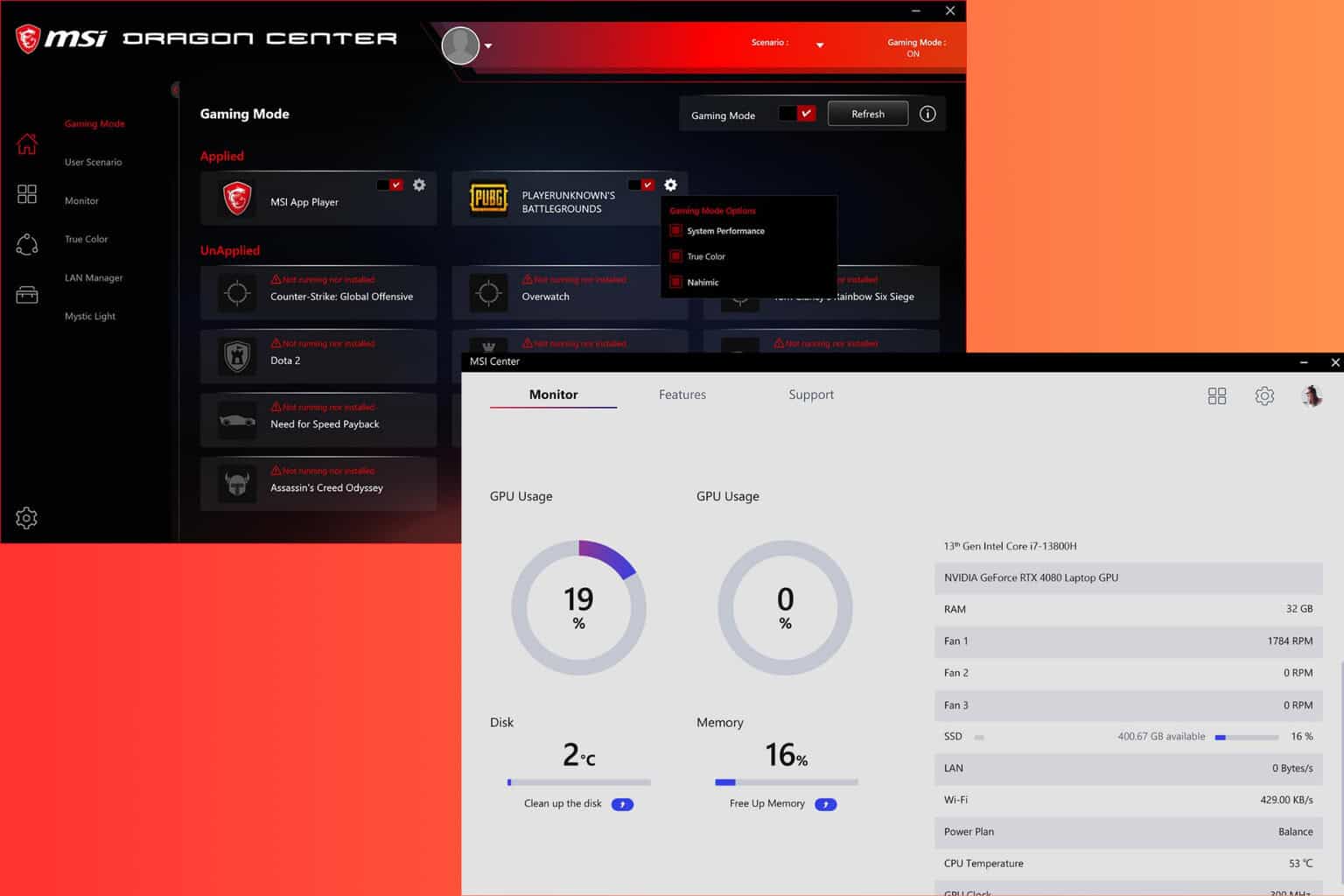
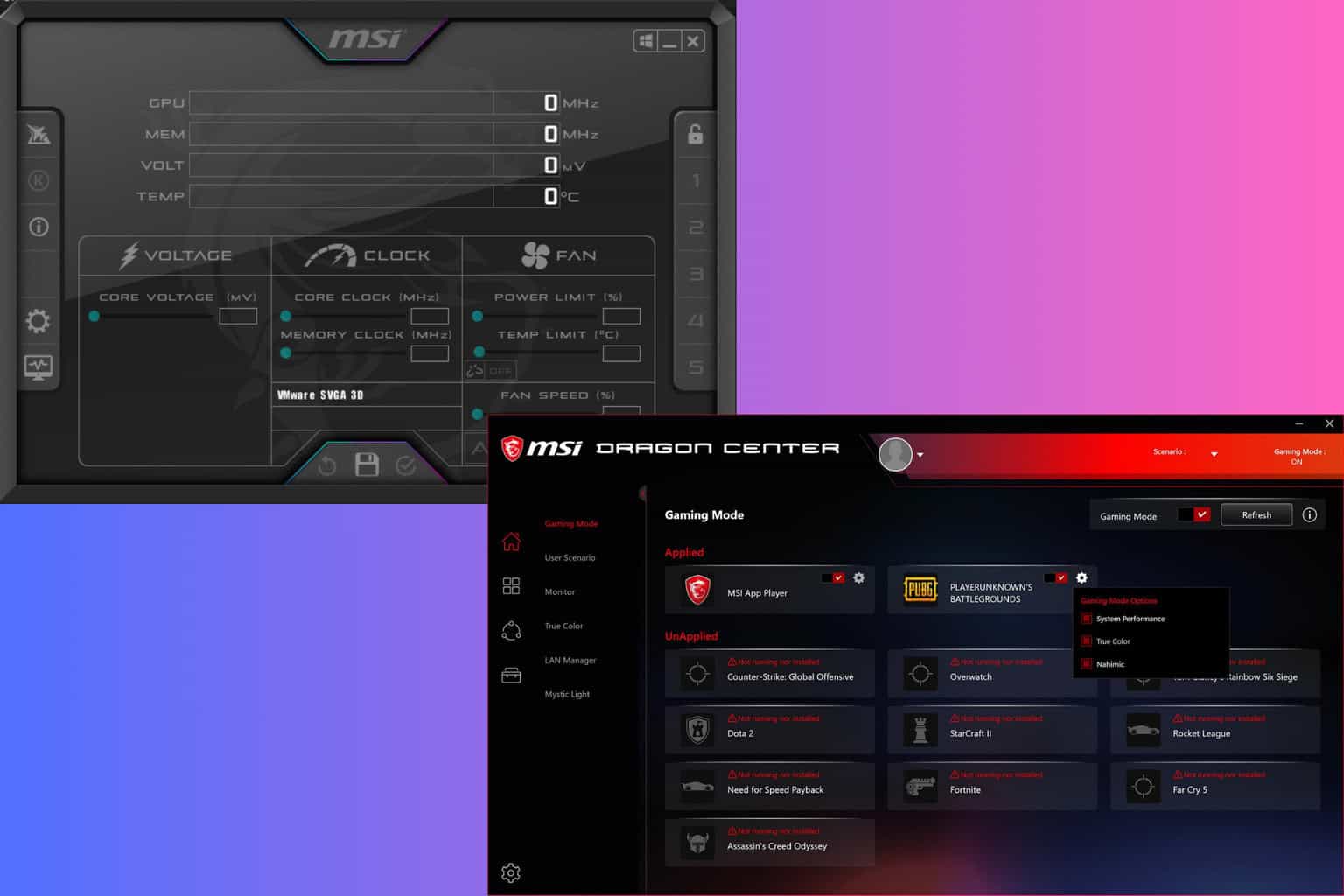


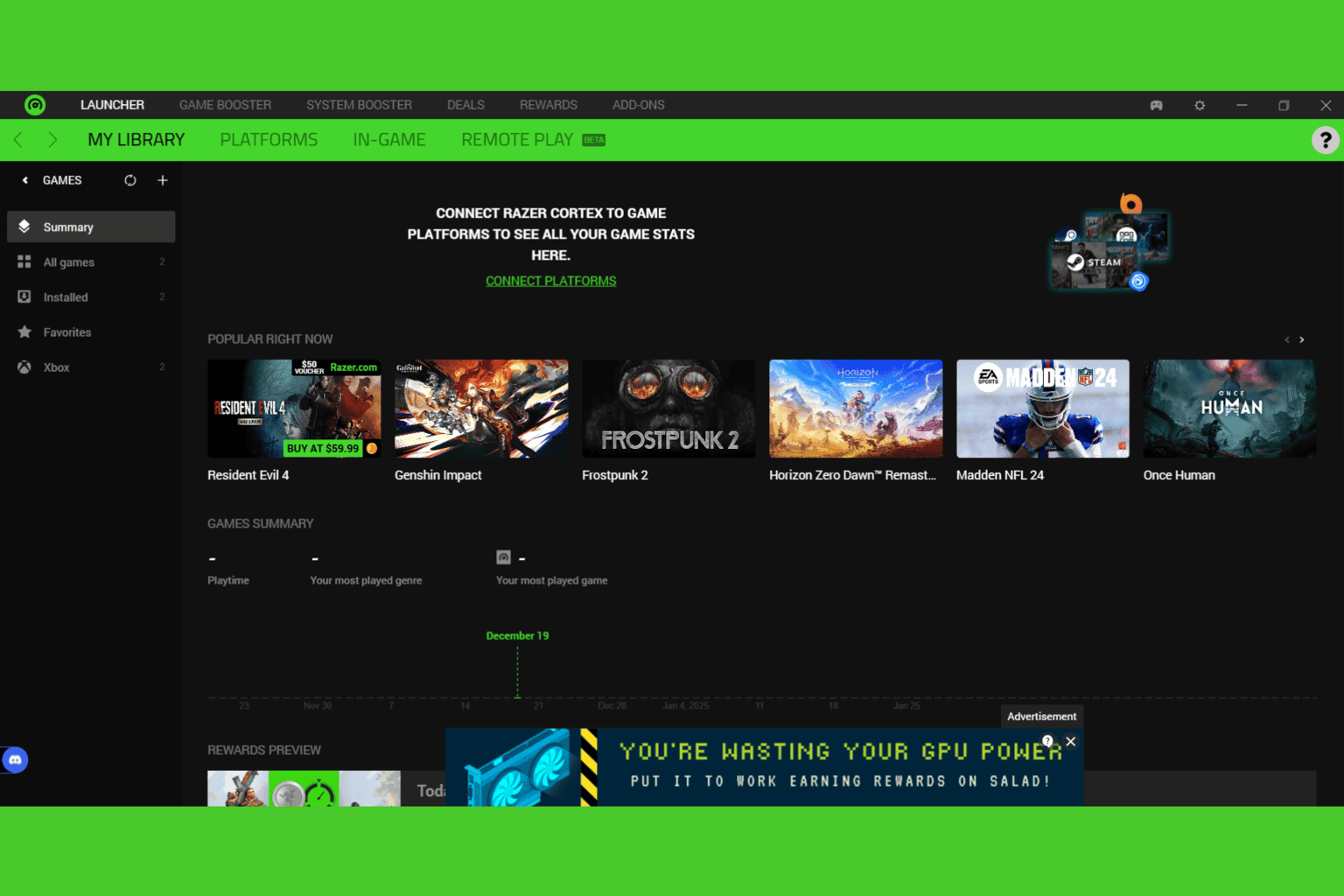
User forum
0 messages